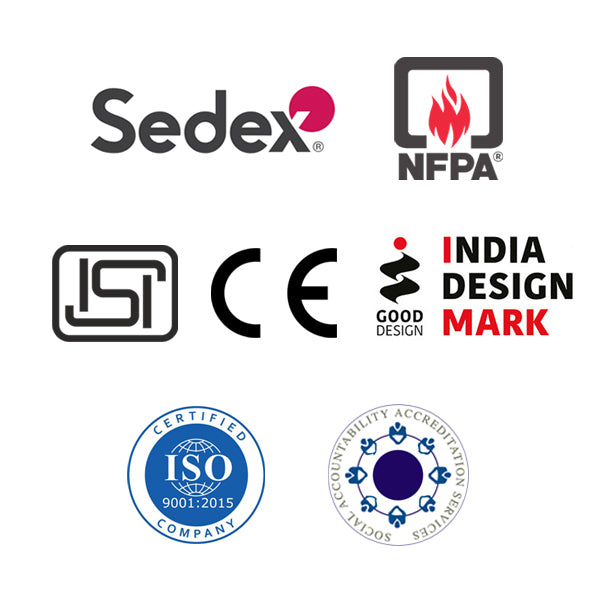NS5NHT
Share
Seamless Nitrile Gloves
- NS5NHT glove series provides durable hand protection and supreme abrasion, oil resistance, with outstanding dexterity
- 15 gauge gloves are made with nylon yarn and a nitrile coated palm and finger tips offer increased grip, chemical & mechanical resistance.
- Blue Nylon 15-gauge seamless liner coated with 2 different layers of Nitrile compound, Black sandy coating over complete blue smooth finish with NBR crotch reinforcement
Abrasion
Dexterity
Delivery & Services

Easy Return
with our 15 days return poicy
Regular price
Rs. 0
Sale price
Rs. 0
Regular price
Tax included.
Shipping calculated at checkout.
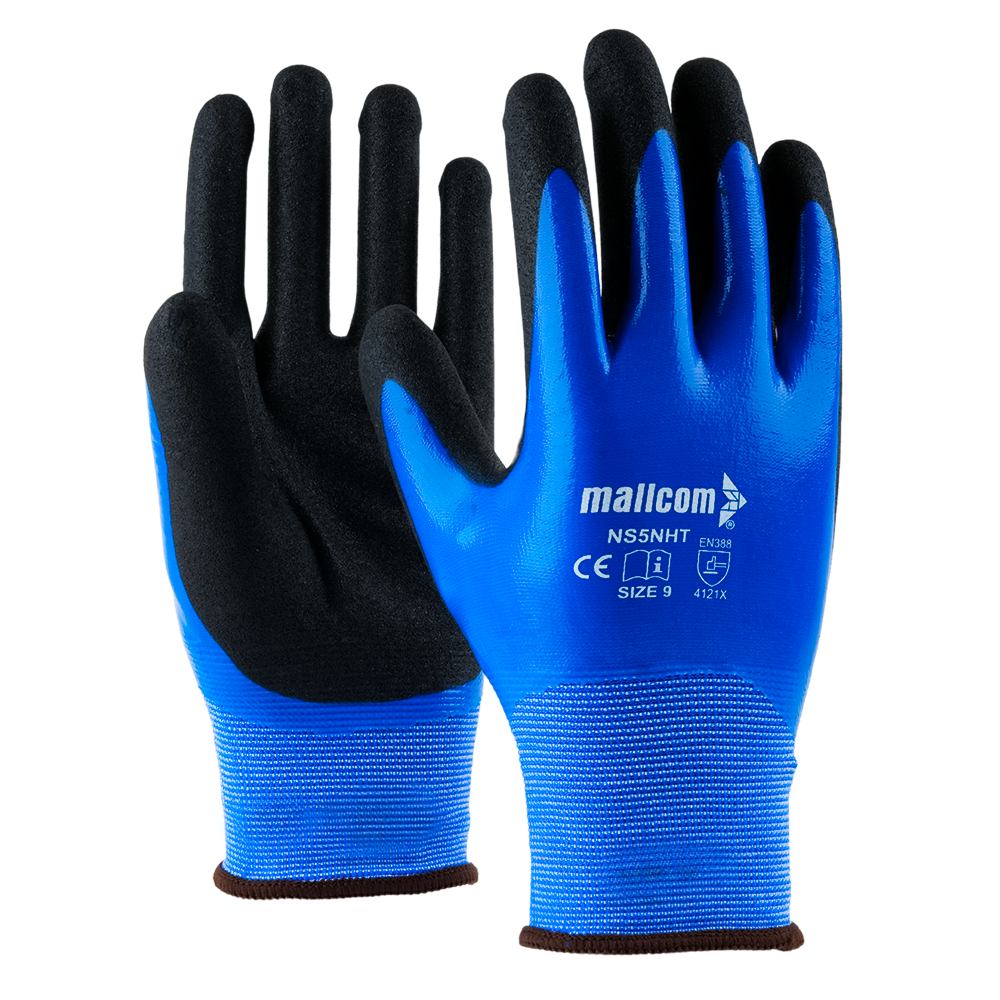

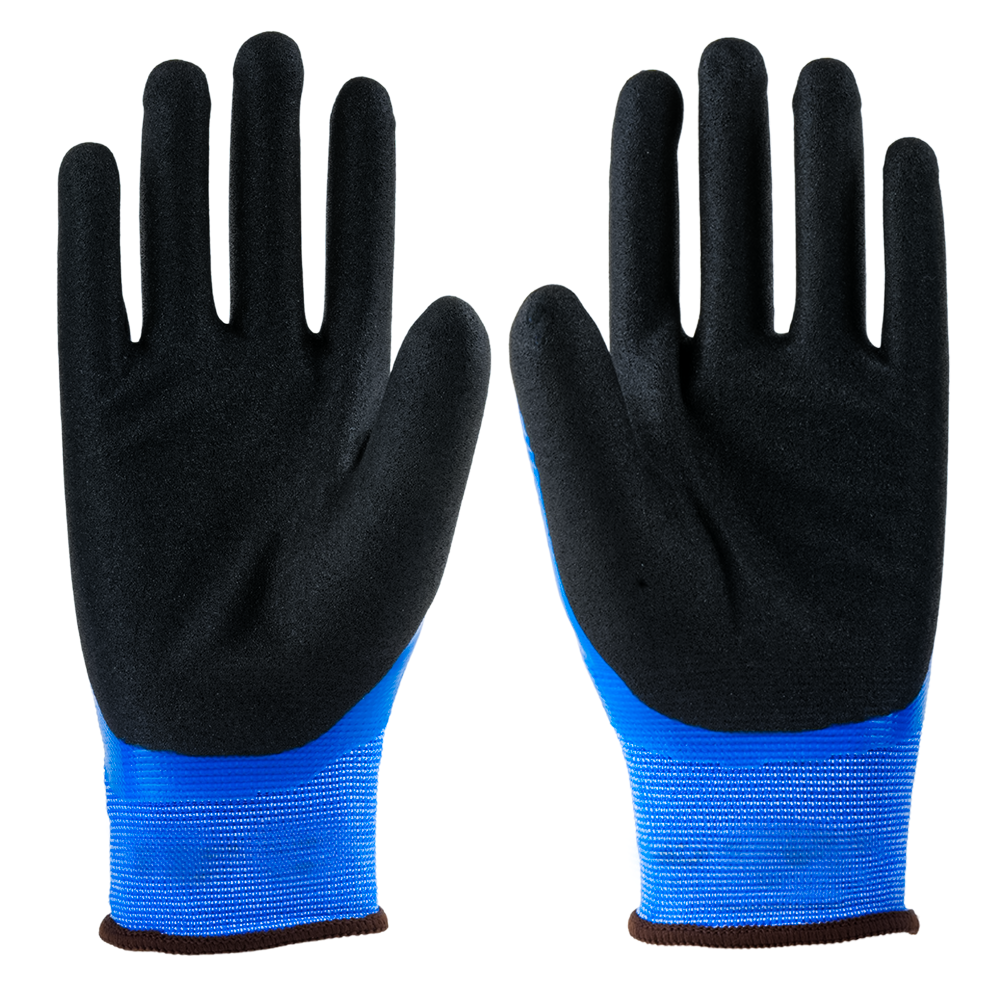

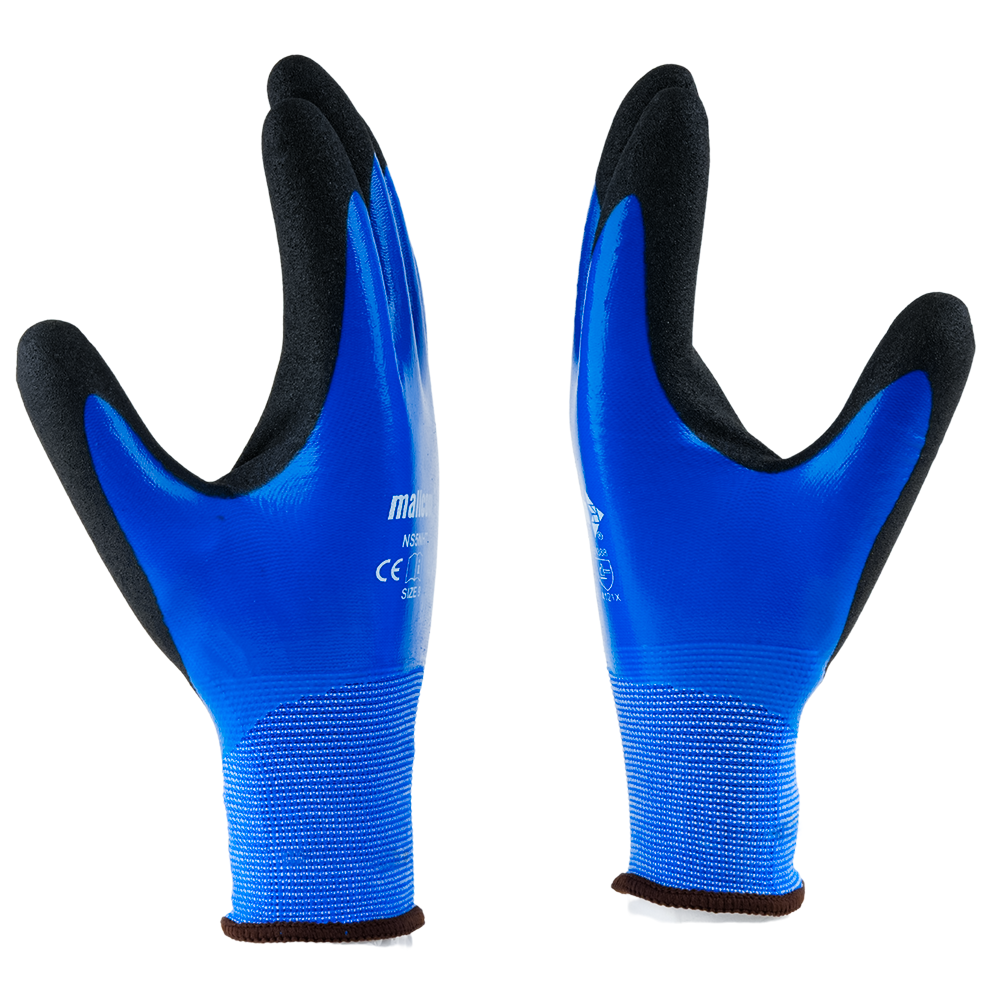

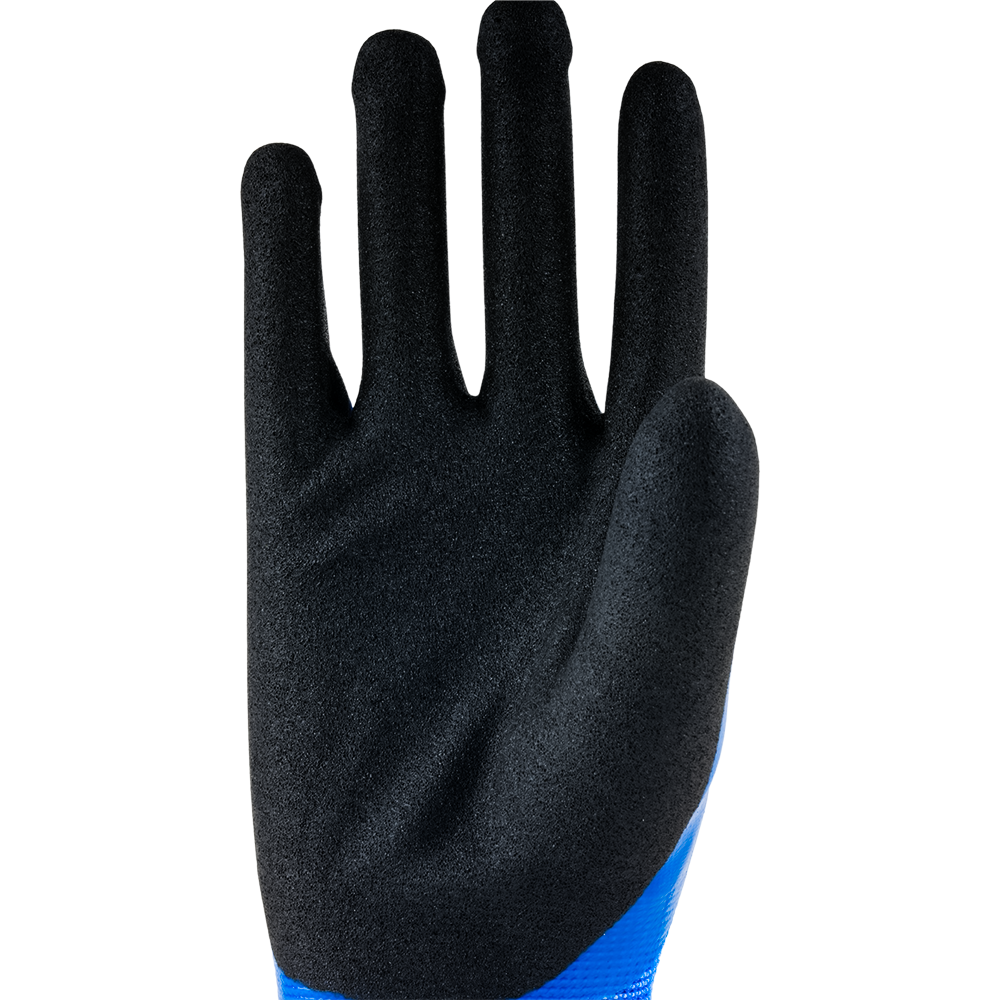
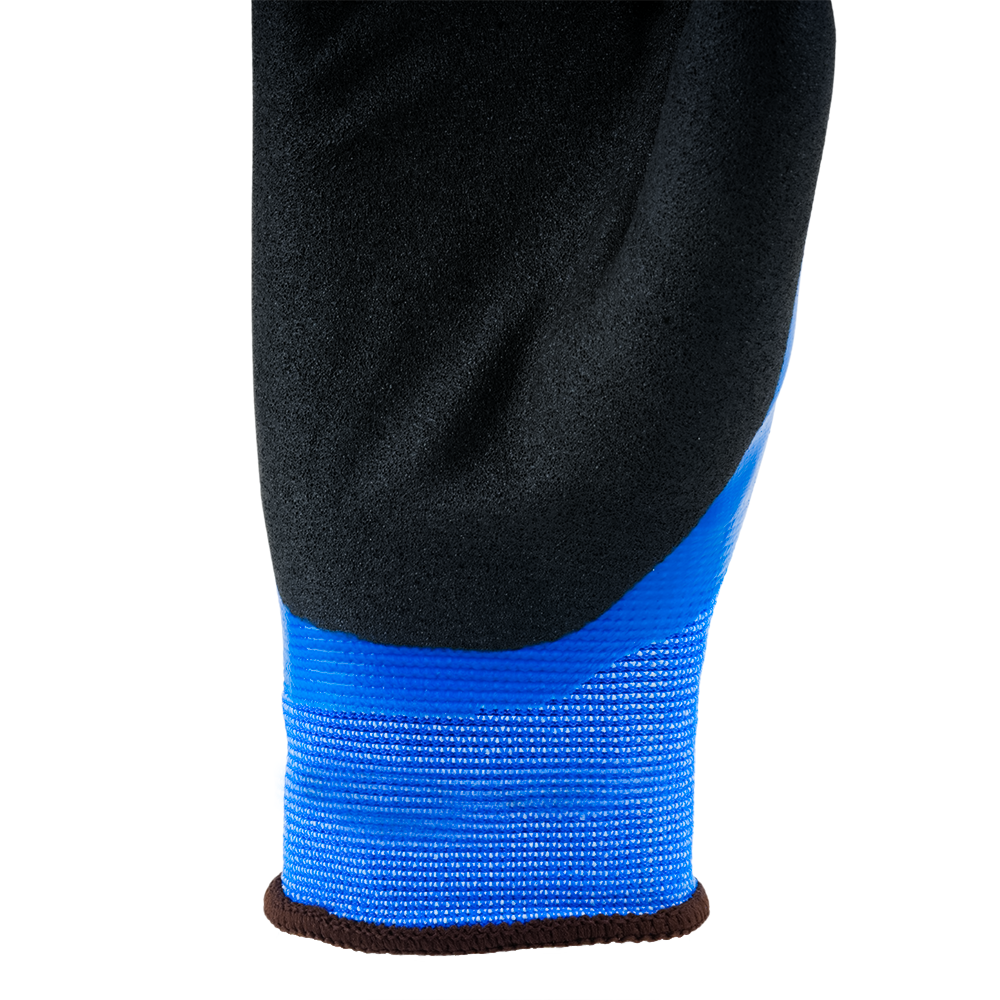
ABOUT THE DESIGN

USEFUL IN THESE INDUSTRIES
AUTOMOBILE
CHEMICAL & PAINT
CONSTRUCTION
OIL & GAS

Product Features
ABOUT THE DESIGN
USEFUL IN THESE INDUSTRIES
AUTOMOBILE
CHEMICAL & PAINT
CONSTRUCTION
OIL & GAS
Product Details
